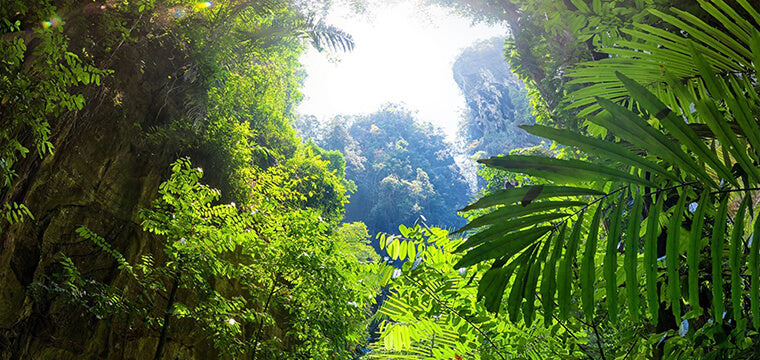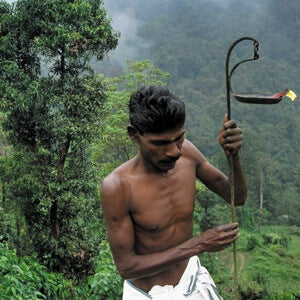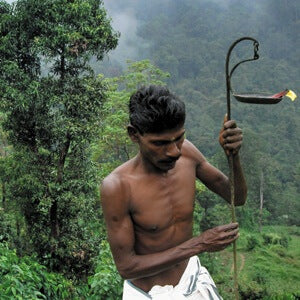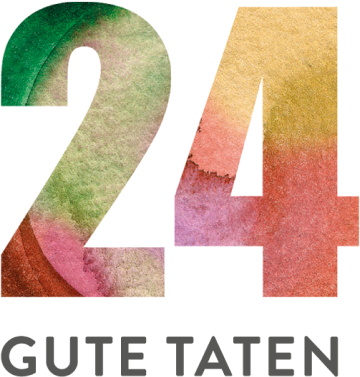Day 11
1 m² of land is preserved as jungle by indigenous peoples in South India
 Forest protection
Forest protection


by indigenous peoples

need
Protecting the rainforest and preserving a special culture
activity
The loan for the land purchase is being paid off.
Measurable performance
Number of square metres of land that is now under communal ownership by the Adivasi.
Result
Maintaining sustainable farming practices and reducing rural poverty
Systemically relevant impact
Financial independence of the Adivasi. Ecologically sensitive and sustainable lifestyle of the young Adivasi generations. Preservation of biodiversity in the ecosystem
background


The good deed
AboutIndia
New Delhi
Capital city

1,235,830,000 (2013)
Population
1,492 US$
Gross domestic product
per capita per year
136
Human Development Index
(Human Development Index)



